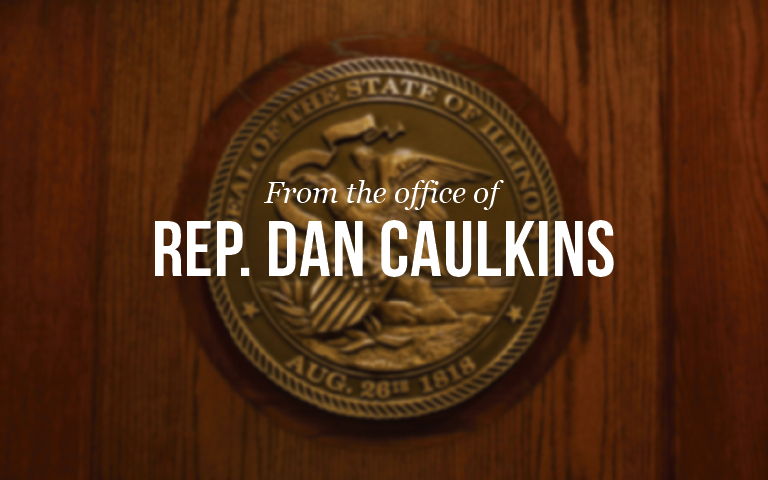There is no sugarcoating the reality that Illinois’ public pensions are the worst-funded in the nation. State and local pension debt in Illinois now sits at $211 billion, with both debt to GDP (21 percent) and funding ratios (50.8 percent) the worst in the nation, according to a report by Equable Institute. The top five states in the nation with unfunded liabilities have a shortfall of $787 billion, just slightly larger than the rest of the country combined ($778 billion). More than one-third of national unfunded liabilities are in California and Illinois combined.
Funded ratios for public pension plans vary, but most plans have a Fragile (60 to 90 percent) or Distressed (below 60 percent) funded status. The pension debt crisis represents 21 percent of the state GDP, and Illinois has three of the 10 worst-funded state pension systems in the country. In addition, Chicagoland has eight of the 10 worst-funded big local pension systems in the country.
A government worker pension in Illinois is a Defined Benefit retirement plan under which employees are supposed to receive annual benefits during retirement. In general, a Defined Benefit plan works by having an employee and employer contribute a set percentage of the employee’s annual salary to a pension fund over the course of the employee’s career. The pension fund invests this money in the stock market. Employees do not own or control their own retirement funds under a pension system, nor do they have their own accounts. Instead, state officials and politicians control the pool of funds.
Tier 2 pension benefits were created in 2010 to ease fiscal pressures from pensions. This separate tier of pension benefits applied to government employees hired on or after January 1, 2011. This was done to reduce future pension obligations by lowering benefits for new members. The new tier applied to most state and local public pension funds in Illinois, with the exception of police and fire and the Chicago Transit Authority (CTA), which had a second tier created for their employees in 2008.
Governor Pritzker continues to tout his talking points of ‘fiscally responsible leadership’ and ‘balanced budgets,’ but the truth is $211 billion in unfunded pensions is a damning indictment of the majority party’s continued failure to address the pension crisis in Illinois. The latest report from Equable Institute highlights the need for the Illinois legislature to make prudent financial decisions. That includes not only making wise investment choices, but also considering reforms to the pension system that would help combat unfunded liabilities. To balance the budget, pensions need to reach 90 percent funding by 2045. And with 90 percent being the threshold between Resilient and Fragile, that is less than a ringing endorsement of current policy.
Illinois cannot escape its pension problem with continued high taxes and creating an uncompetitive business climate, but the current Governor and majority party haven’t changed any of the behaviors which have drained the system. Illinoisans of every age and income bracket are fleeing the state, taking with them $11 billion each year. As unfunded pension liabilities grow, pension funding ratios will likely fall. Funding ratios below 60 percent are Distressed, while ratios below 40 percent are likely headed for default. Democrats in Illinois need to wake up and provide more than lip service to direct the state’s pension system on a long-term, stable, and sustainable track.
